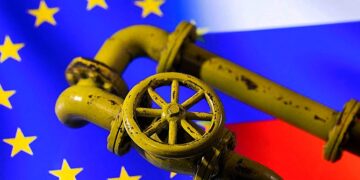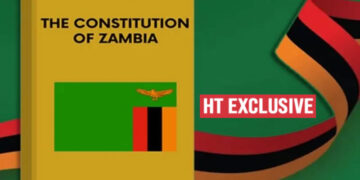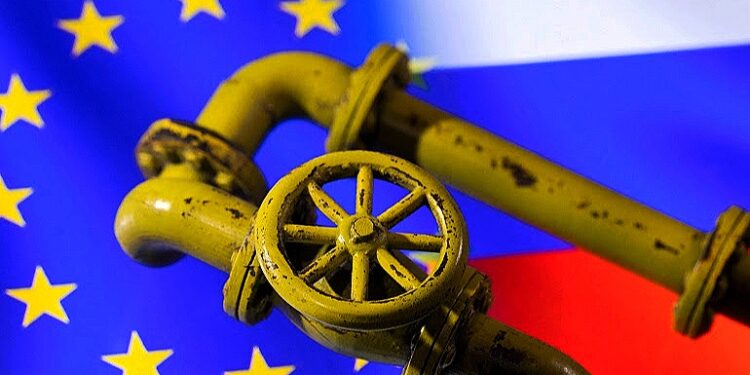By John Ikani
Oil prices jumped after EU leaders reached an agreement late Monday to ban 90% of Russian crude by the end of the year.
During Asia hours on Tuesday, U.S. crude futures for July were up 3.76% to $119.39, while Brent crude futures rose 1.93% to $124.02. Contracts for August also traded higher: U.S. crude rose 3.83% to $116.52, and Brent was up 2.16% to $120.05 per barrel.
Negotiations over banning Russian oil imports have been going on for weeks. A total embargo was fiercely opposed by Hungary PM Viktor Orban.
EU leaders at an extraordinary European Council summit in Brussels hatched a compromise deal to exempt deliveries by pipeline from the ban, after Budapest warned halting supplies would wreck its economy.
“Agreement to ban export of Russian oil to the EU. This immediately covers more than two thirds of oil imports from Russia, cutting a huge source of financing for its war machine,” European Council chief Charles Michel tweeted during the summit. “Maximum pressure on Russia to end the war.”
“This sanctions package includes other hard-hitting measures: de-Swifting the largest Russian bank Sberbank, banning 3 more Russian state-owned broadcasters, and sanctioning individuals responsible for war crimes in Ukraine,” Michel added.
EU chief Ursula von der Leyen said that the decision taken by the bloc “will effectively cut around 90 per cent of oil imports from Russia to the EU by the end of the year” as Germany and Poland had committed to renounce deliveries via a pipeline to their territory.
Von der Leyen went on to note that Russian oil delivered by tankers would be banned, while an exemption will be made for the southern segment of the Druzhba pipeline.
The northern segment of the pipeline serves Poland and Germany — who have agreed to the embargo. The southern part goes to Hungary, Slovakia and Czech republic.
“As we have a clear political statement by Poland and Germany that they will, as the others, wind down Russian oil, until the end of the year. We have covered overall 90 percent of Russian oil being wind down during this time frame. Leftover is the roundabout 10 or 11 percent that is covered by the southern Druzhba. We have agreed for the moment being for an exemption,” von der Leyen said.
Europe is the biggest buyer of Russian energy. Russian crude accounted for 27% of the bloc’s imports in 2021, according to Eurostat. That’s around 2.4 million barrels per day, data from the International Energy Agency shows. About 35% of that was delivered via pipelines to the bloc, according to the IEA.
But pipeline deliveries made up a much bigger share of Russian oil shipments to Hungary (86%), the Czech Republic (97%) and Slovakia (100%).




































